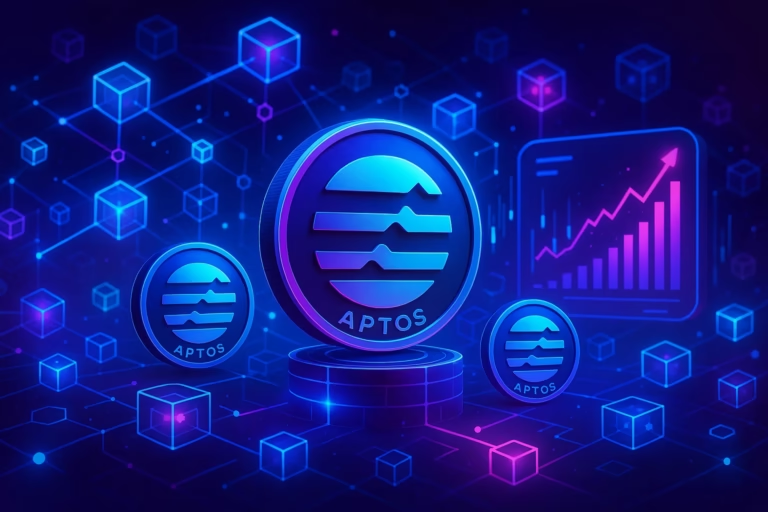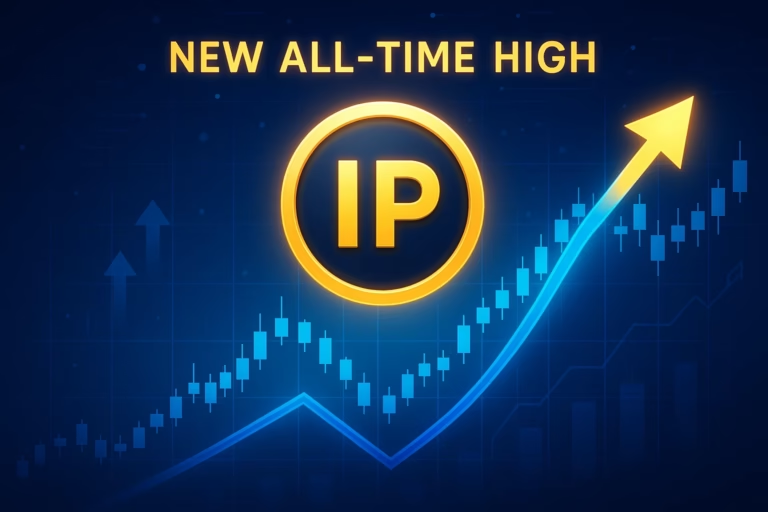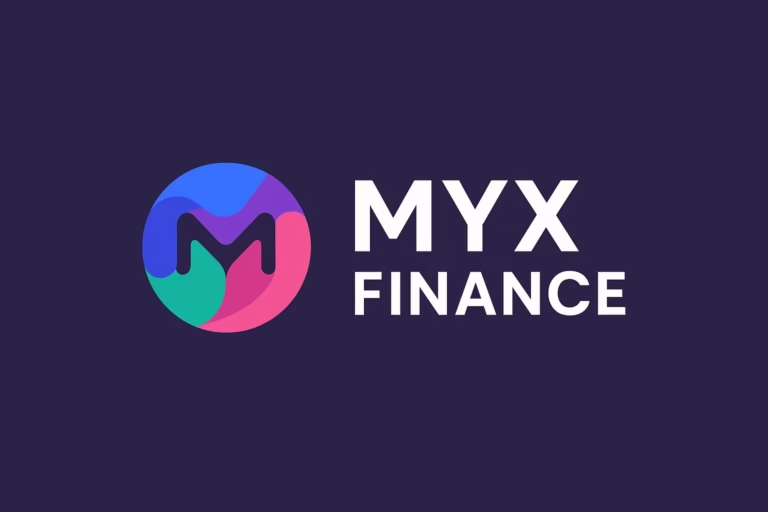
- Circle rejected Ripple’s $5 billion bid to acquire the company, citing the undervaluation of its strong market position and growth potential.
- The move signals Ripple’s ambition to dominate the stablecoin space through RLUSD, but raises questions about XRP’s future role if stablecoins continue to outpace it in global remittance use.
Ripple’s bold $5 billion bid to acquire Circle, the issuer of USDC, has been swiftly rejected—signaling a growing power struggle in the stablecoin space. As Ripple ramps up its efforts to expand through its newly launched RLUSD, the rejection raises questions about Ripple’s next move and what this could mean for XRP’s price trajectory.
Circle’s Growth Makes It a Tough Target
Insiders suggest Circle turned down Ripple’s offer because it significantly undervalued the company’s market position and rapid expansion. With USDC firmly holding the second-largest stablecoin position behind USDT, Circle is deeply integrated across the DeFi ecosystem, powering everything from lending to yield farming on networks like Ethereum and Solana
Circle’s partnerships with financial giants like Visa, Mastercard, and BlackRock further enhance its credibility. Notably, BlackRock has selected USDC as its preferred stablecoin for remittances and digital transactions—a major endorsement that likely bolstered Circle’s confidence in rejecting the offer.
In addition, Circle’s transparency practices—including monthly reserve attestations by Grant Thornton—stand in stark contrast to Tether’s lack of audits from top-tier firms. With an NYSE listing reportedly on the horizon, Circle is aiming higher than ever, and a $5B offer may have simply fallen short of its long-term valuation.
Ripple’s Strategic Play for Dominance
Ripple’s interest in acquiring Circle comes on the heels of launching RLUSD, a USD-backed stablecoin aimed at capturing more of the DeFi and payments market. By absorbing USDC’s user base, integrations, and institutional partnerships, Ripple could have accelerated its roadmap significantly.
If a future deal goes through, analysts believe XRP could benefit massively, with potential price targets as high as $10 by year-end. The logic? RLUSD would feed demand for Ripple’s On-Demand Liquidity (ODL) service, creating more utility for XRP.
However, there’s also a counter-narrative: if Ripple leans too heavily on RLUSD, it could dilute XRP’s role as a cross-border payment token. Despite legal clarity that XRP is not a security, global remittance corridors increasingly favor stablecoins over XRP, with competitors like Stellar and even Litecoin seeing greater adoption.
Ripple may return with an improved offer, but Circle is unlikely to sell cheap. As tokenization gears up to become a trillion-dollar market by 2030, Ripple’s ambition to lead is clear. Ripple’s ability to succeed with or without Circle remains uncertain, but the stablecoin wars are heating up.
DISCLAIMER:
The views and opinions expressed herein are solely those of the author and do not necessarily reflect the views of the publisher. The publisher does not endorse or guarantee the accuracy of any information presented in this article. We encourage readers to conduct further research and consult additional sources before making any decisions based on the content provided.




